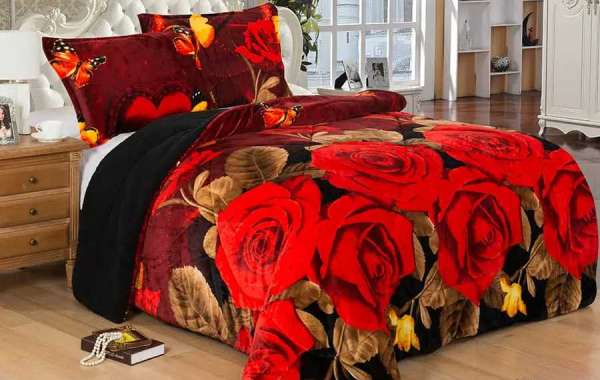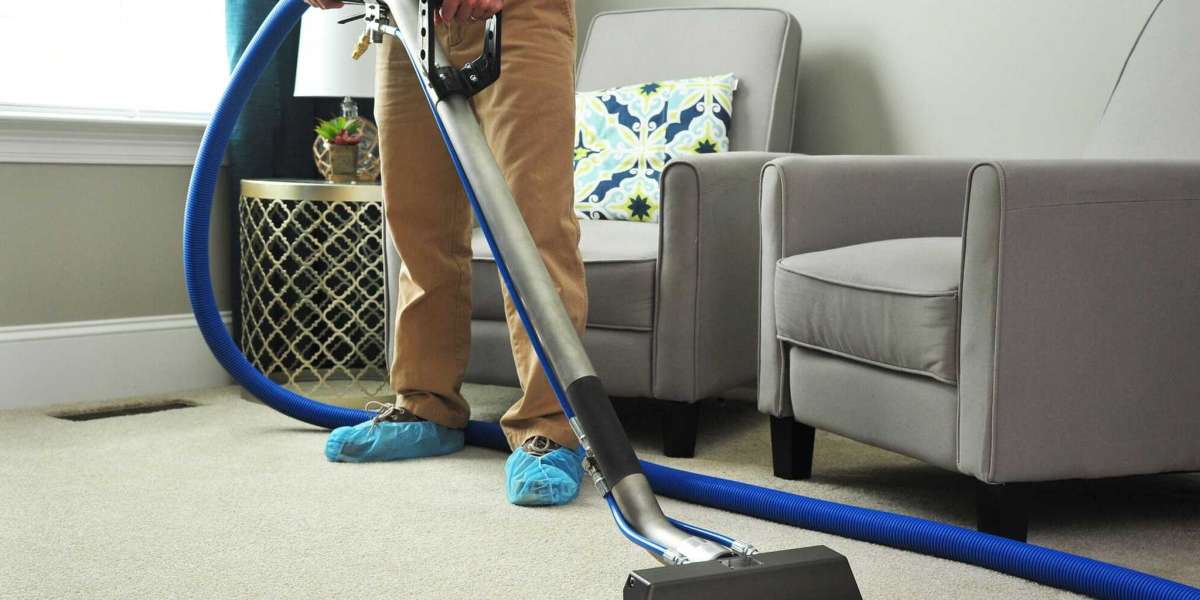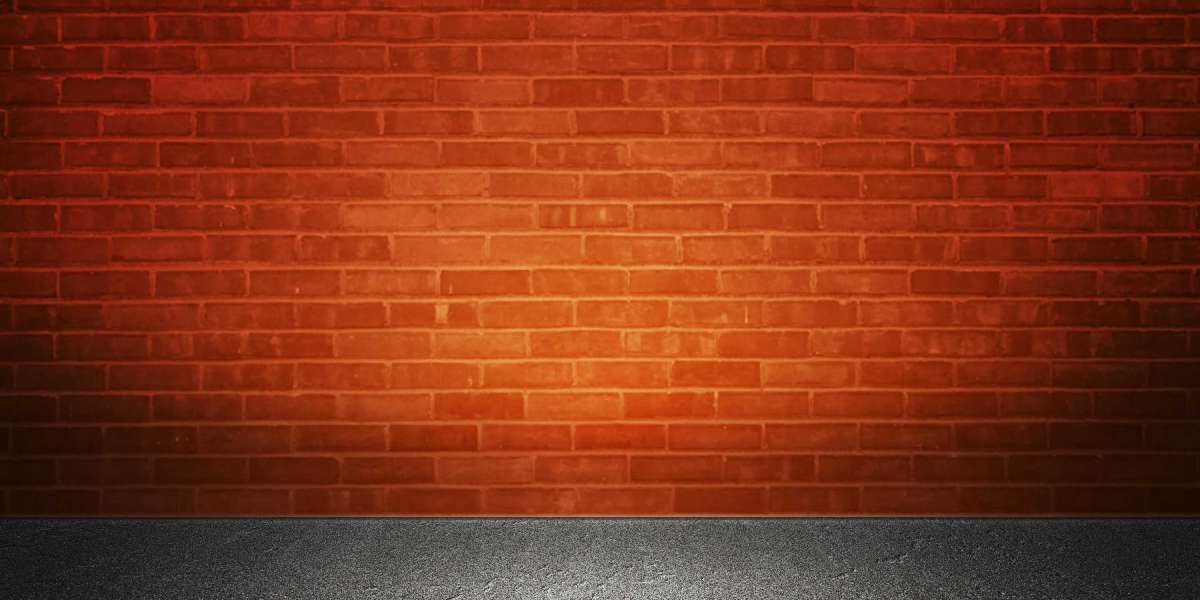In addition to the inherent quality requirements, the fabrics used in the early home textiles only have certain requirements for shrinkage and colorfastness. With the rapid development of the domestic home textile market, there are higher requirements for the functional type of home textile fabrics. Users also have more stringent requirements for home textiles: For towels, adults and children must use it every day, so the fabric has higher requirements for water absorption, antibacterial and deodorization; for bedding, it is necessary to pursue warmth retention at the same time. , And not too heavy; for curtains, not only must play a decorative role in the interior, but also have higher requirements for wind resistance and water resistance; for sofas, in addition to the requirements of beauty and good hand feeling In addition, the fabric has good stain resistance and stain removal is also an important criterion.
The main functions of home textiles are as follows:
① Warmth retention: Although the warmth retention is closely related to the thickness of the fabric, users don't like quilts and other beddings that are too heavy. Therefore, keeping warm and being light has become the basic requirement of current beddings. The most common way to meet this requirement is to make the polyester fiber inside a porous hollow shape, so that the fiber contains a large amount of uncirculated air, and the outside is made into a spiral crimp shape to maintain bulkiness, so it can play a role under the premise of ensuring a light texture. Good insulation.
②Antibacterial and deodorant: As towels are often used in water and are usually placed in a relatively humid environment, microorganisms will multiply, which may cause the towel to emit odor and cause the user to feel itching. Therefore, the requirements for towels are relatively high, and it is best to go through antibacterial and deodorant chemical treatment. The general way is to use a finishing agent with a bactericidal effect to make it have certain antibacterial properties.
③Fouling resistance and decontamination: The sofa-type household textiles are required to be as easy as possible not to be stained by stains, and once they are stained, they must be easy to wash and remove. At present, the commonly used technique is to change the surface properties of the fiber, which greatly improves the surface tension of the fabric, so that oil and other stains are difficult to penetrate into the fabric. Slight stains can be removed by wiping with a damp cloth, and heavier stains are also easy to remove. Clean. The anti-fouling finishing can not only prevent oil pollution but also has the performance of waterproof and moisture permeability, which is a more practical and effective advanced chemical finishing method.
④Waterproofness: Curtains and sofa-type home textiles require fabrics to have a good waterproofness. Waterproof fabrics use the surface tension characteristics of water to coat the fabric with a layer of PTFE. The chemical composition of the fluoroethylene (PTFE) is the same but the physical structure is different) to enhance the surface tension of the fabric. The chemical coating prevents water droplets from penetrating the pores on the surface of the fabric, thereby achieving a waterproof effect.
⑤ Moisture permeability: Due to its own characteristics of use, quilt cover home textiles require the fabric to have moisture permeability. The moisture permeability of the fabric can be achieved in the fabric structure, such as the use of a double-layer structure, the close-fitting inner layer is made of hydrophobic fibers, and the outer layer is made of hydrophilic fibers so that sweat can be transferred from the skin to the skin by capillary action. On the inner layer of fibers, since the outer layer of hydrophilic fibers and the water molecules have a stronger binding force than the inner layer of hydrophobic fibers, the water molecules are again transferred from the inner layer of the fabric to the outer layer, and finally emitted.
⑥Antistatic: Home textiles are basically made of chemical fiber fabrics. Whenever moisture is easy to volatilize and the environment is relatively dry, static electricity becomes a problem. Static electricity generally makes home textiles easy to fluff and pilling, easily contaminated with dust and dirt, and feel an electric shock when they are close to the skin. The best antistatic fabrics are woven from natural fibers, but pure natural fiber fabrics are often expensive, which is difficult to satisfy consumers of different levels of home textile products, and even natural fiber fabrics will suffer from lack of water in a very dry environment. The molecule generates static electricity. The antistatic finishing method of home textile fabrics is mainly to use antistatic agents with hygroscopic effect to coat the surface of the fabric with a chemical film that can absorb water molecules so that a continuous conductive water film is formed on the surface of the fabric to conduct static electricity away. Scattered. This method can make the fabric have an antistatic function without affecting its softness and comfort.
Changshu Jishun Textile Co., Ltd. is a Quilt Cover Manufacturers and also produces Home Comforters. Welcome to visit our official website.







